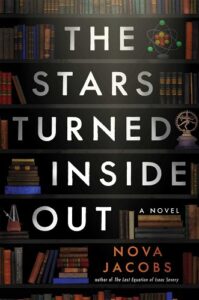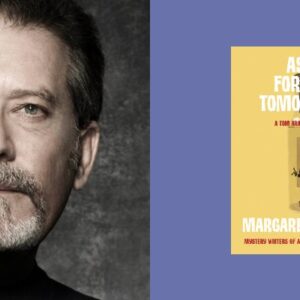With crime readers ever worshipping at the stacks of dark academia (myself among them), is it any wonder that the category’s wicked pen has bled onto neighboring shelves? Its fatal quill planting itself into the backs of unwitting genres? In fact, if we wander just beyond dark academia’s oak-paneled recesses and shadowy archives, in the direction of the science quad, the classroom merges with the laboratory to reveal a cache of academically ambitious mysteries and thrillers I like to think of as dark science. Don’t call it science-fiction—although there may be some crossover—and you wouldn’t mistake it for dark academia’s touchstone, The Secret History, either, although who’s going to object to a Donna Tartt comparison? Instead, dark science is any mystery/suspense/thriller steeped in the disciplines of mathematics, physics, chemistry, biology, or any of the natural sciences. So when you’re next craving intellectual villainy, consider instead one these eight dark science gems: some are recent, some prefigure the dark academia craze entirely—all use science to underpin the murkier aspects of human nature. And just maybe there’s a character or two who harbors that morbid longing, if not for the picturesque, then for nature’s most guarded secrets and dangerous riddles.
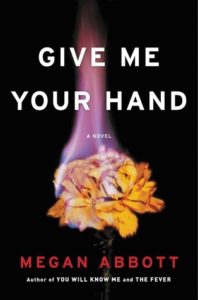
Give Me Your Hand, Megan Abbott
This is truly a laboratory novel. Abbott’s story pitches between past and present, but we spend much of our time among the benches of a chemistry lab getting a sense for our heroine Kit’s postdoctoral research into a severe premenstrual disorder, right down to the grim business of the laboratory mice. After the research group’s newest hire turns out to be Kit’s high school frenemy—and a dead body on the grounds throws their relationship into a shaky détente—the already fraught tension of the lab is heightened by a police investigation. Add to that a rich backstory of female friendship tainted by grave secrets and academic competition, and you’ve got an all-consuming science thriller.

Destination Unknown, Agatha Christie
It still amazes me that Christie wrote a few straight-up spy novels, let alone one inhabited by scientists. This one concerns the sudden postwar disappearance of England’s most prized chemists and nuclear physicists—among the vanished is a Nobel Prize winner celebrated for his discovery of the enigmatically named “ZE fission.” And who should the country’s spy agency choose to track them down but an ordinary English housewife? ZE fission is never satisfactorily explained, nor does it matter, because Christie has created such a pacy everywoman caper, that we’ll follow her over the deserts and mountains of North Africa (and through a musty plot point or two, be forewarned) to the novel’s ultimately satisfying end. Christie may be grappling with a post-atomic world here and the responsibility of the scientific community, but it’s her jaunty sense of adventure that prevails.
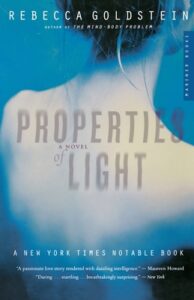
Properties of Light, Rebecca Goldstein
Discovering Rebecca Goldstein in my twenties felt like stumbling upon something entirely new: literary fiction populated by painfully human physicists, mathematicians, and philosophers. Though her plots are intricately constructed, her novels are also deft character explorations about what it means to live one’s life absorbed in the world’s great mysteries. In her luminous Properties of Light, Goldstein not only blurs the distinctions between scientific passion and romantic obsession, she cleverly uses the conundrums of theoretical physics to deepen the mysteries she’s woven into her brisk plot.
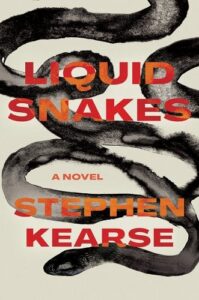
Liquid Snakes, Stephen Kearse
In Kearse’s biochemistry thriller, a chemist uses his cover as a coffeeshop owner to exact a long-game revenge for his daughter’s death at the hands of an environmentally reckless corporation. A pair of Atlanta epidemiologists, meanwhile, scours Fulton County determined to stop the next death. Having constructed an imaginative, mind-bending revenge plot—which he pushes to a simultaneously horrific and satisfying climax—Kearse uses the novel’s conceit to denounce, with satirical precision, an America that places its most noxious industries upstream from our country’s BIPOC communities.
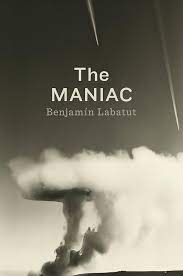
The MANIAC, Benjamín Labatut
If the horrors committed against the citizens of Hiroshima and Nagasaki are the crime, J. Robert Oppenheimer may be an obvious scientific perpetrator. However, it was not Oppenheimer, but Hungarian physicist and mathematician John von Neumann who calculated the precise altitude at which the bombs should be detonated so as to exact maximum destruction to the Japanese civilians below—and then convinced the Army to use it. In Labatut’s fictionalized investigation into one of the twentieth-century’s lesser known monsters, he creates a portrait that is both sensitively rendered and chilling. Yet the story also reads as a kind of suspense thriller building to the evils of the atomic age, and ultimately to another of von Neumann’s legacies bearing down on us now: AI.

An Instance of the Fingerpost, Iain Pears
This Restoration whodunit features a cast of scientists—or “natural philosophers”—living in the wake of the English Civil War and at the dawn of the Royal Society. The poisoning of an Oxford don is merely the prelude to the testimonies of four unreliable narrators: an amateur physician, an Oxford student, a mathematician, and a historian. But if this is the Enlightenment, it’s one in which the basest cruelty goes hand in hand with scientific discovery, and where the central murder isn’t even among the worst crimes (nor is it the point). In this sprawling tale of medical investigation and political intrigue, Pears excavates scientific and moral questions of the time through real-life personalities, including chemist Robert Boyle, physician Richard Lower, and mathematician John Wallis. But it is an entirely fictional character, a woman not of their world, who is destined to last longest in readers’ minds.
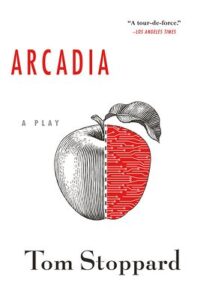
Arcadia, Tom Stoppard
This is a play, to be fair, but what a play! Stoppard’s brainy valentine to mathematics, quantum mechanics, and philosophy is by now an undisputed classic. As is often the case with Stoppard, one must read carefully (or listen, if you’re lucky enough to catch a production). As he bounces between the early 19th century and the present day—and between ideas of chance and determinism—we unravel the mystery of a teenage girl who anticipated chaos theory by 150 years. But don’t mistake this for drawing room drama: there is no shortage of literary sleuthing and dark twists to make the cerebral mystery lover swoon.
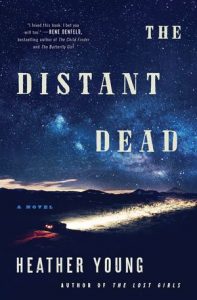
The Distant Dead, Heather Young
When a high-school math teacher is found dead in the most gruesome manner imaginable, a colleague sets out to unravel his shadowy former life as a mathematician and university professor. What she uncovers is the story of an academic forced into small-town exile by an unspeakable secret that has pursued him to his grave. Young merges concepts from number theory with an examination of family dysfunction, the opioid crisis, and the private desperations of a desert town, ultimately drawing a painful divide between the promises of higher education and the realities of an addiction-devastated America. The novel’s conclusion is a calculated emotional hammer blow.
***


